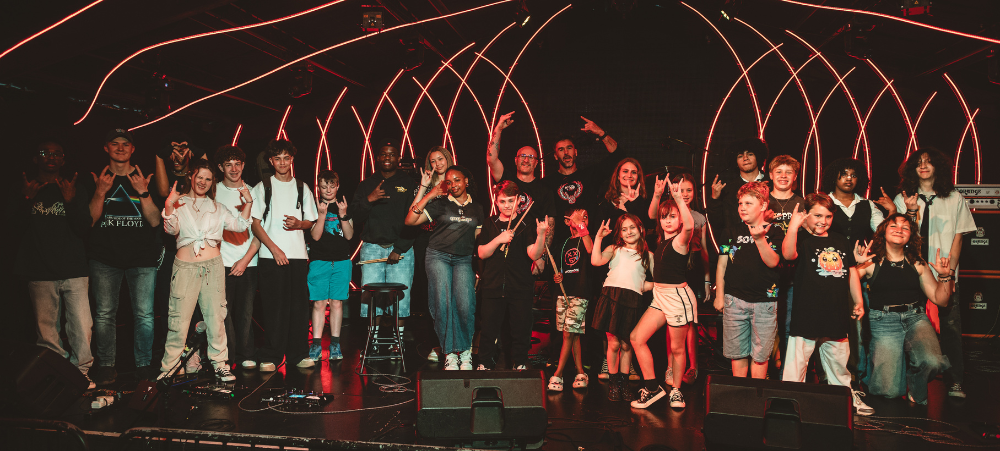I recently attended a principal’s conference where Professor Benjamin Rosman, who is a Professor at the School of Computer Science and Applied Mathematics at the University of the Witwatersrand, presented a talk on the Power of AI-Language Models. He demonstrated ChatGPT writing code and generating personalised images. Seriously impressive!
I’ve always considered myself to be a pretty good writer, but writing is time-intensive, so I started experimenting with Chat GPT and it changed my life overnight! In my experimentations, it wrote me a superb speech, with quotes, the theme I wanted, and the exact length I asked it for. This was a game-changer! Barring a few small, personalised changes from my side, I used the speech in a presentation. Queue immediate feelings of guilt and wondering if I have, in some way, cheated.
After a discussion with my 15-year-old son about AI, he summarily introduced me to Quillbot, an online paraphrasing tool. Another game-changer! He copied a paragraph from Wikipedia and inserted it into Quillbot which paraphrased the paragraph beautifully, taking into account a 15-year-old’s language skills and, voila! there was his authentic work that no plagiarism checker would notice.
As stunned as I was that my teenager already knew how to buck the system, I took it a step further with ChatGPT by asking it to generate a paragraph about assessment in education. I wanted to see if the new AI trackers could detect this ChatGPT-generated text. I fed the paragraph into ZeroGPT which is an AI text decoder, written by a student named Edward Tian at Princeton University.
The prompt came back as “Your text is AI/GPT Generated” which took exactly 5 seconds. This was encouraging that at least we teachers could perhaps detect AI-generated text. But lo and behold, I then inserted the same text into Quillbot which paraphrased the AI text beautifully, where I then put it back into ZeroGPT which then coded it as “Your Text is Most Likely Human Written”.
When you see it working for yourself, you realise the implications for education and educators. My 15-year-old had already worked this out and it did not take long for me of Generation X to figure it out either. This is powerful stuff and will change how we assess our students in the future.
But firstly, what is an AI Language model? Let’s see what ChatGPT gives me:
“ChatGPT is a large language model designed to simulate human conversation and generate responses based on the input provided. Using advanced natural language processing techniques and machine learning algorithms, ChatGPT can understand and interpret human language, and generate relevant and coherent responses in real-time. It can answer a wide range of questions, engage in small talk, offer advice, and even tell jokes or stories. Whether you’re looking for information, seeking help, or just want to chat, ChatGPT is always ready to engage in a natural and intelligent conversation.”
I couldn’t have done that better myself and it took exactly 5 seconds to write.
So, the obvious question is, how do we embrace this new technology in the classroom, as this is not going away but improving rapidly? Professor Rosman gave some good ideas to promote critical thinking, such as generating text with errors and having students find them; generating text and having students support or refute with references; having students generate different sides of debates for class discussions; having students find flaws in arguments (Rosman, 2023).
ChatGPT also gives some sage advice as to how it can be used in education:
- Personalised Learning: Chat GPT can help create personalised learning experiences for students by providing tailored feedback and guidance based on their individual learning needs and preferences.
- Language Learning: Chat GPT can be used to teach and practise language skills, such as reading, writing, listening, and speaking. It can also provide instant translations and help students learn new vocabulary and grammar rules.
- Virtual Tutoring: Chat GPT can be used as a virtual tutor to answer students’ questions, explain difficult concepts, and provide feedback on assignments.
- Research Assistance: Chat GPT can help students with their research by providing relevant information and sources for their papers and projects.
- Assessment and Feedback: Chat GPT can be used to assess student learning and provide feedback on their progress. It can also help teachers track student performance and identify areas where they need additional support.
OK ChatGPT, we will keep you to your word. We need to decide whether this dichotomy of potential benefits and drawbacks is a game-changer to embrace or a disruptor to ban in the classroom. So at Abbotts College, we will be experimenting and coming up with solutions as to how we utilise this tool of the future to support our students and teachers alike.
Marion Kohler, Principal: Abbotts College Johannesburg South
- The B-Word: Understanding & Addressing Bullying in Schools - April 4, 2025
- Stress Less, Achieve More: Parental Strategies to Soothe Exam Nerves - November 25, 2024
- A Principal’s Perspective: Nurturing Resilience & Endurance in Your Child - July 15, 2024





